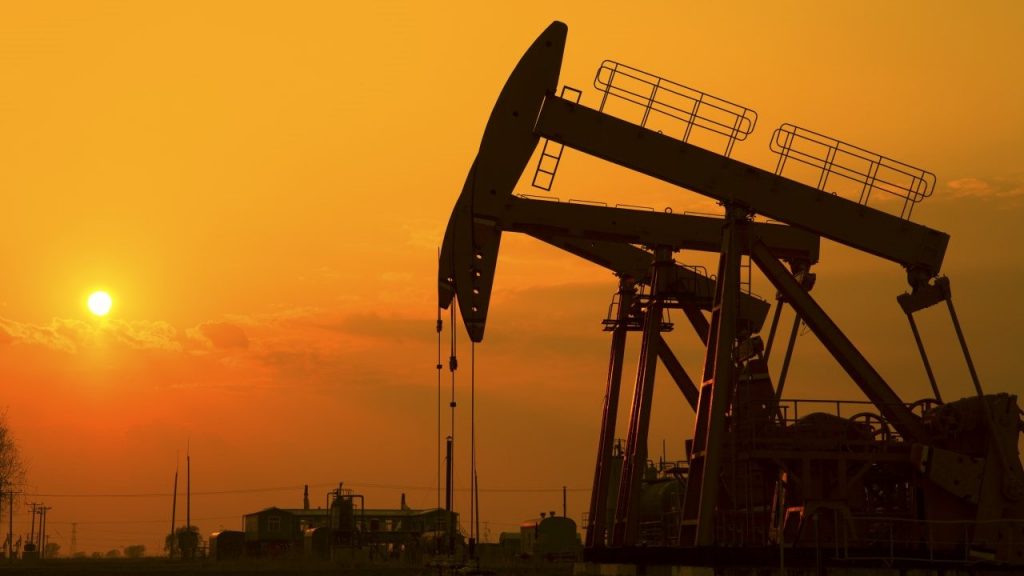Four largely unexplored sedimentary basins in India could hold up to 22 billion barrels of oil, S&P Global Commodity Insights has reported. In effect, lesser-known Category II and III basins, namely Mahanadi, Andaman Sea, Bengal, and Kerala-Konkan contain more oil than the Permian Basin, which has already produced 14 billion barrels of its 34 billion recoverable oil reserves.
Currently, only 10% of India’s 3.36 million sq km wide sedimentary basin is under exploration. India boasts significant discoveries in the Krishna-Godavari, Barmer, and Assam basins, but exploration in other areas have been slower to develop. Of India’s 3.14 million square kilometers of sedimentary basins, 1.3 million sq km are in deep waters. India had its first foray into deepwater exploration in the Bay of Bengal earlier this year in the Krishna-Godavari Basin, courtesy of India’s state-run Oil and Natural Gas Corporation (ONGC). ONGC said it was planning to spend over $10 billion developing multiple deepwater projects in its KG-DWN-98/2 block in that basin.
Petroleum Minister Hardeep Singh Puri says that this 10% figure will jump to 16% in 2024 following the award of blocks under the Open Acreage Licensing Policy (OALP) rounds. So far, OALP has resulted in the award of 144 blocks covering about 244,007 sq km. Under OALP, India allows upstream exploration companies to carve out areas for oil and gas exploration and put in an expression of interest for any area throughout the year. The interests are accumulated thrice a year following which they are put on auction. According to Puri, India’s Exploration and Production (E&P) activities in the oil and gas sector offer investment opportunities worth $100 billion by 2030.
In February, Oil India said it was targeting a 100% increase in its exploration acreage in the coming years, and was looking for partners to help it explore offshore areas.
Over the past couple of years, global E&P companies have been venturing into deepwater and ultra-deepwater offshore areas in pursuit of major discoveries. According to Wood Mackenzie, deepwater oil and gas production is set to increase by 60% and contribute 8% of overall upstream production. More impressive: Ultra-deepwater production is set to continue growing at breakneck speed to account for half of all deepwater production by 2030. According to Woodmac, global deepwater production will exceed 17 million barrels of oil equivalent per day (boe/d) in 2030, up from just 300,000 boe/d in 1990.
India has just this week raised its windfall tax on petroleum crude effective today, to $83.75 per metric ton, up from $71.78 per metric ton. India levied the windfall tax on oil producers and refiners back in 2022 as an incentive to keep more oil in-country as opposed to exports. The country reviews the windfall tax on oil companies every couple of weeks to ensure the levels are aligned with market prices to properly incentivize keeping more oil at home.
India’s oil production declined in the early 2000s, but its thirst for oil is only growing. It is the world’s third largest importer of oil, depending on imports for 85% of its petroleum needs.
Tags: Barrels, Indian Basins, Oil Reserves



Recent Posts
Greenlyte and MB Energy sign strategic e-methanol offtake agreement
CSDC and TECHNOLOG forge alliance to drive green, smart shipbuilding
DPA Kandla invites bids for India’s first port-based bio-methanol plant
Green & Digital Maritime Corridors Dialogue’ at JNPA sets stage for India Maritime Week 2025
Thermax partners with HydrogenPro for alkaline electrolyser systems in India
PIL Conducts First Simultaneous Cargo and LNG Bunkering in Singapore
NYK Takes Delivery of LNG-Fuelled Capesize Bulker SG Dawn
Swire Shipping joins Achilles Maritime Network to strengthen supply chain sustainability and compliance